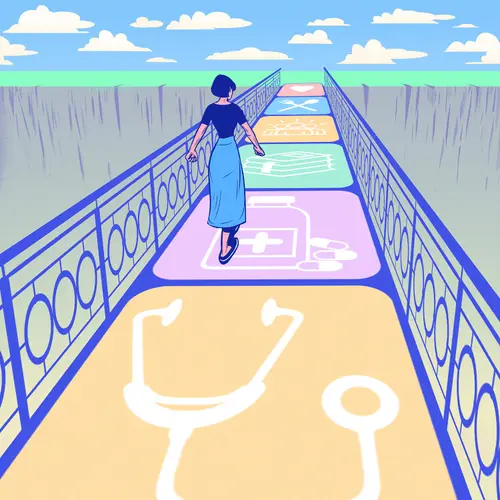If you’re recovering from a stroke, it’s important to eat well to nourish your body. It gives you the energy you need to stay active, do rehabilitative therapy, and get back to your daily activities. It also can make it less likely that you will have another stroke.
But eating may not be as simple as it was before your stroke. Brain damage can make it harder to move your muscles, make you more sensitive to pain, and affect your appetite and moods.
Here are some ways a stroke can affect normal eating, and what you can do:
Trouble swallowing. You may choke, cough, or gag while you eat. Or find that liquid comes out of your nose when you try to swallow. It usually gets better over time, but a few tips can help:
- Stick to soft foods. Items like cooked cereal, mashed potatoes, soup, cottage cheese, and applesauce are all easier to eat. If you want to try tougher foods, cut them into small pieces or chop them in a blender to make them easier to chew.
- Thicken your liquids. It’s important to drink enough fluid to avoid dehydration. But water and other thin liquids can go down the wrong pipe. Ask your doctor if you should thicken drinks with tapioca, matzo meal, cornstarch, or banana or potato flakes.
- See a speech therapist. They can guide you through exercises to strengthen your tongue, lips, throat, and mouth muscles, which will help you swallow. If that doesn’t help, your therapist may suggest neuromuscular electrical stimulation. It uses a device to send electrical impulses to nerves in the throat to strengthen the swallowing muscles. They may also recommend prescription medications like muscle relaxers, which can open your throat and make swallowing easier.
Problems using utensils. A stroke can make the muscles in your arms or hands weaker, which makes it hard to use forks, knives, and spoons. Try:
- Flatware with larger and thicker handles that are easier to hold. You can switch to knives with curved blades that let you cut food with one hand.
- Plate guards. They help you scoop the food against a wall on the plate while you eat with one hand.
- Rubberized pads. You can put one under your plate or bowl to keep it from sliding.
- Adaptive kitchen equipment. You may need special tools to help you cook one-handed, such as easy-grip scissors, battery-powered peelers, and specially designed cutting boards.
Loss of appetite. You may not feel as hungry as you usually do. If you’re depressed, you may not feel like eating. Or the stroke could have damaged the part of your brain that controls your senses, which can affect your sense of taste or smell. To work up a stronger appetite, try to:
- Choose foods with strong flavors. Look for options that are low in saturated fat and salt, like citrus fruits, herbs, and spices.
- Opt for colorful foods like salmon, carrots, and dark green veggies that might look more appetizing. These foods also are full of heart-healthy nutrients that will lower your risk for another stroke.
- Eat high-calorie foods in your meal first. If you’re truly not hungry, also try a liquid supplement for added energy and nutrients.
- Exercise lightly, such as walking, to ramp up your appetite.
- Have your dentures checked. If they don’t fit well, they can hurt your mouth and make you want to eat less. See your dentist at least once a year.
Don’t ignore your mental health. Depression is common after a stroke. It can make you feel sad and anxious, steal your appetite, and give you trouble sleeping. Your doctor can prescribe an antidepressant, or you can see a therapist or counselor for talk therapy.
No energy. You may feel too tired to get out of bed, let alone make it to the grocery store and fix a full meal. You can make healthy eating easier with a few savvy steps:
- Make breakfast your biggest meal. You’ll probably have the most energy to cook in the morning. Keep your last meal simple, like a sandwich or cereal. If even that’s too hard, try 6 small meals a day instead of 3 larger ones.
- Buy pre-cut, pre-washed fruits and veggies. It can make prepping and eating these nutritious foods a breeze.
- Ask friends and family members to make dishes that you can freeze and reheat on those days when you’re too pooped to cook.
- Check if you can sign up for a local Meals on Wheels program to get foods delivered to you for little or no money. Generally, you can take advantage of this nonprofit program if you’re 60 and older.
- Share meals with someone. Whether it’s having dinner with a loved one or caregiver, or stopping by your local senior center for lunch, it’s good to make meals into social events. This way, your companion can make sure you’re eating properly and give you any help you need.

